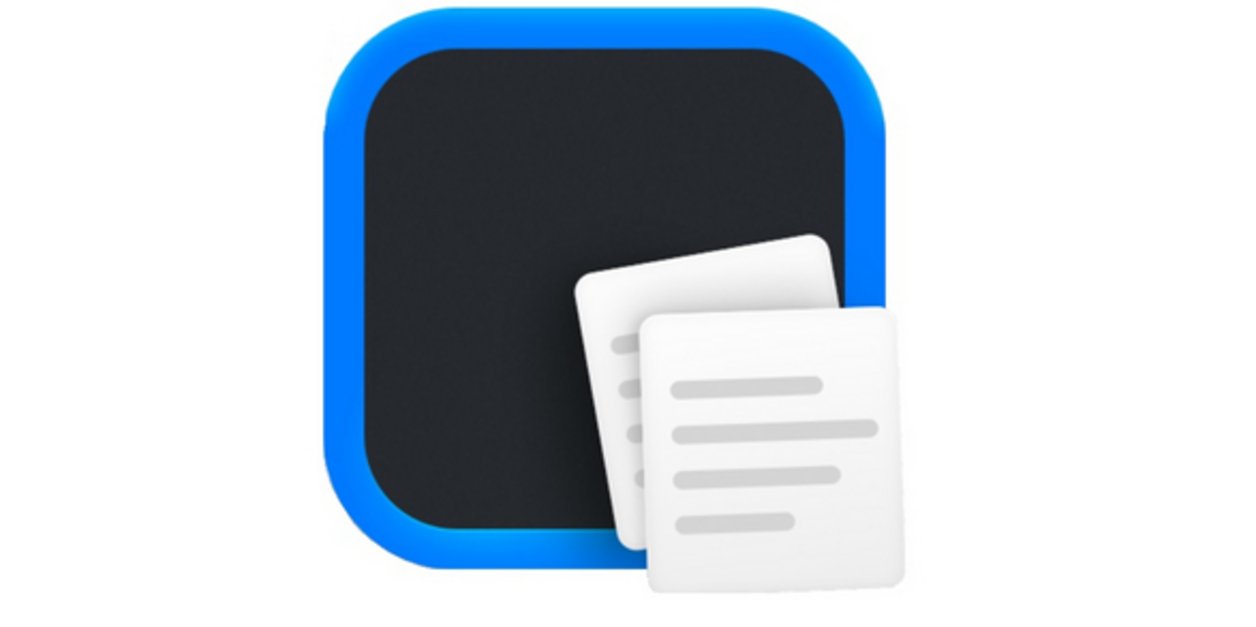

Our special report explains why official rescue teams, emergency preparedness experts, and others recommend "Drop, Cover, and Hold On" as the best way, in most situations, to protect yourself during earthquake shaking. Everyone, everywhere, should learn and practice what to do during an earthquake, whether at home, work, school, or traveling. Taking the proper actions described in this page, above and below, can save lives and reduce the risk of injury. In most situations, if you feel shaking or get an earthquake alert, immediately:Īll of this information and more can be found in our Key Earthquake Safety Accessibility Tips PDF, also available in Other Languages. don't wait to see if the earthquake shaking will be strong! This is why you must learn to immediately protect yourself after the first jolt. However, you likely have never experienced the kind of strong earthquake shaking that is possible in much larger earthquakes: sudden and intense back and forth motions of several feet per second will cause the floor or the ground to jerk sideways out from under you, and every unsecured object around you could topple, fall, or become airborne, potentially causing serious injury.

Or perhaps you got under your desk and others thought you overreacted. Your past experience in earthquakes may give you a false sense of safety you didn't do anything, or you ran outside, yet you survived with no injuries. This page explains what to do- and what not to do.
#Dropover definition how to#
The ShakeOut is our opportunity to practice how to protect ourselves during earthquakes. Federal, state, and local emergency management experts and other official preparedness organizations all agree that "Drop, Cover, and Hold On" is the appropriate action to reduce injury and death during earthquakes (learn why here).


 0 kommentar(er)
0 kommentar(er)
